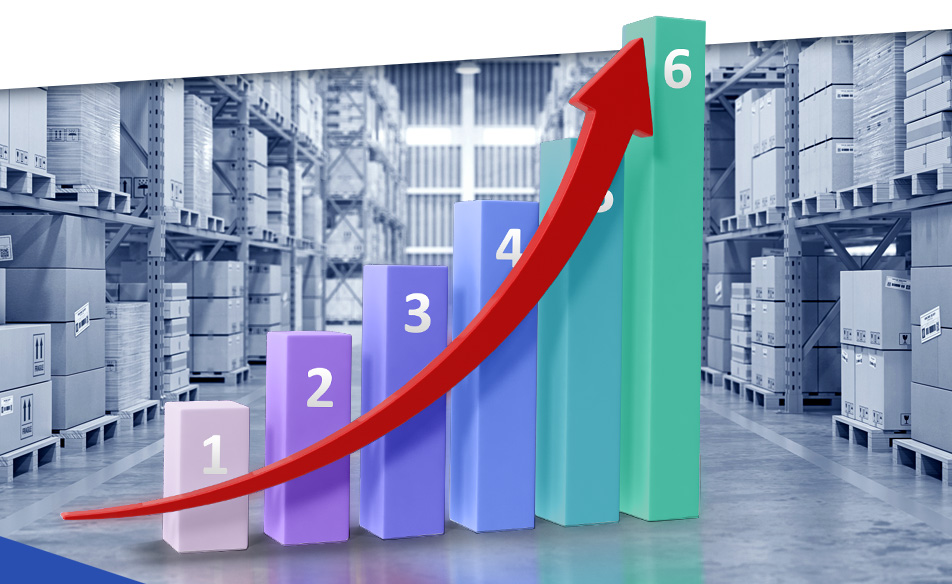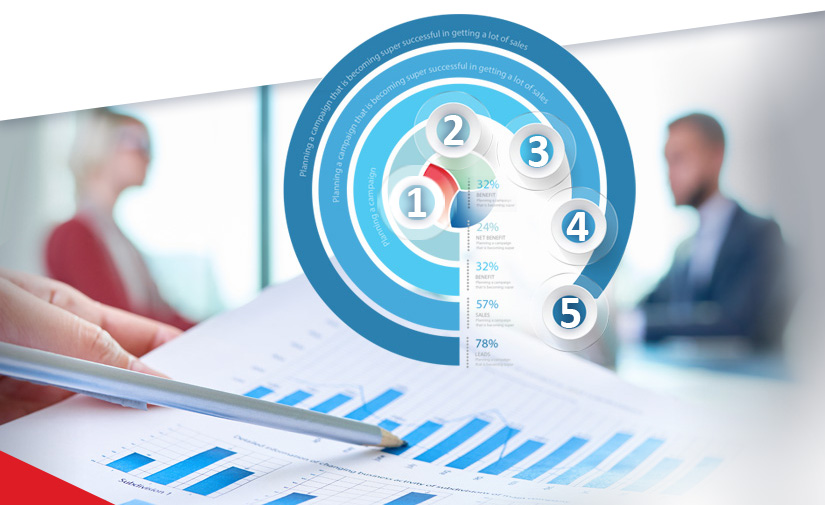Supply chain management involves planning and implementation. Demand planning, based on a statistical projection, evaluates inventory, marketing, and demand-influencing factors and defines where to distribute products to fulfill the anticipated demand. Usually kicks off the planning side of SCM.
To increase the precision of the demand forecasts utilized in the supply chain, companies invest a lot of time and money in forecasting activities. The objectives of a precise demand plan and a lean supply chain process may be hampered by a bad process design.
Learn industry best practices on how to improve demand planning and create supply chain efficiencies.

Demand Planning with Blanket Orders
Our customers are great teachers who have always helped us bridge the gap between textbook theory and practical application. Our latest bit of schooling concerns how to effectively incorporate “blanket orders” into the demand planning process.

Coping with Surging Demand During the Rebound
Many of our customers that saw demand dry up during the pandemic are now seeing a significant demand surge. Other customers in critical industries like plastics, biotech, semiconductors and electronics saw demand surges starting as far back as last April. For suggestions about how to cope with these situations, please read on.

What is the difference between Demand planning and Inventory optimization ?
The Smart Demand Planning app (SDP) provides demand forecasts. The SDP forecasting engine is also the core of the Smart Inventory Optimization app (SIO), which stress-tests various inventory policies using a number of demand scenarios to find optimal inventory policy settings.

Six Tips for New Demand Planners
If you are a new professional in the field of inventory management, you face a very steep learning curve. There are many moving parts in the system you manage, and much of the movement is random. You may find it helpful to take a step back from the day-to-day flow to think about what it takes to be successful. Here are six suggestions that you may find useful; they are distilled from working over thirty five years with some very smart practitioners.

5 Demand Planning Tips for Calculating Forecast Uncertainty
Those who produce forecasts owe it to those who consume forecasts, and to themselves, to be aware of the uncertainty in their forecasts. This note is about how to estimate forecast uncertainty and use the estimates in your demand planning process. We focus on forecasts made in support of demand planning as well as forecasts inherent in optimizing inventory policies involving reorder points, safety stocks, and min/max levels.

Share, develop, and manage consensus demand plans
Ensure inventory policy matches business strategy. Various team members can create their own scenarios, perhaps dividing the work by product line or sales territory. One decision maker can then merge these scenarios into a consensus plan.
Problem
An accurate forecast is a critical supply chain driver, but many organizations have a limited view of what comes next. Forecasts developed by sales teams or customers are often inaccurate and biased toward sales goals or budgets. Forecasts are often provided only at aggregate levels leaving unspecified which items will be at which locations. Planning teams are left to interpret sales figures and convert them into actionable forecasts of the item mix. Incorporating sales feedback, determining which decades old forecast model to use, managing the consensus forecast process, and tracking forecast accuracy are manual processes. They are often managed in complex spreadsheets that are difficult to use, share and scale, and don’t account important features of demand such as seasonality and trend.
Solution
Register to Watch the Demo

Accurate Demand Forecasts
Capture trend and seasonality
Predict range of future demand
Flag exceptions
Cleanse historical data

Operational Consensus
Collaborate with key stakeholders
Review at any level of hierarchy
Apply overrides and achieve consensus

Consistent Repeatable Process
Common system
No spreadsheets
Embed and reuse forecast rules
Monitor accuracy and fine-tune
Who is Smart Demand Planner for?
- Demand Planners.
- Forecast Analysts.
- Material & Inventory Planners.
- Operational Research Professionals.
- Sales Analysts.
- Statistcally Minded Executives.
What questions can Smart Demand Planner answer?
- What is my short and long term demand most likely to be?
- Which areas of the business and products are trending?
- What is the forecast at different levels of my hierarchy (customer, item, family)?
- What is the likely range of future demand?
- Which forecasts need to be reviewed (exception reporting)?
- What is our forecast error (accuracy) for each item, group, overall?
- Are forecast overrides adding value to the process?
What can Smart Demand Planner do?
-
Accurately forecast demand for thousands of items in any unit of measure, powered by the SmartForecasts® engine.
- Capture trends, seasonal, and cyclical patterns at any level.
- Outlier detection and correction to enhance the quality of historical data.
- Identifies “causal” factors such as price and economic data and models their impact on demand.
- Patented Intermittent Demand Planning via APICS award winning “Bootstrapping” technology.
- Create forecasts at any level of the hierarchy – customer, item, product groups, regions.
- Share forecasts with internal and external stakeholders such as sales and suppliers.
- Apply, document, and track forecast overrides.
- Quantify the impact that promotions will have on future demand.
- Apply user defined forecasting methods and rules.









